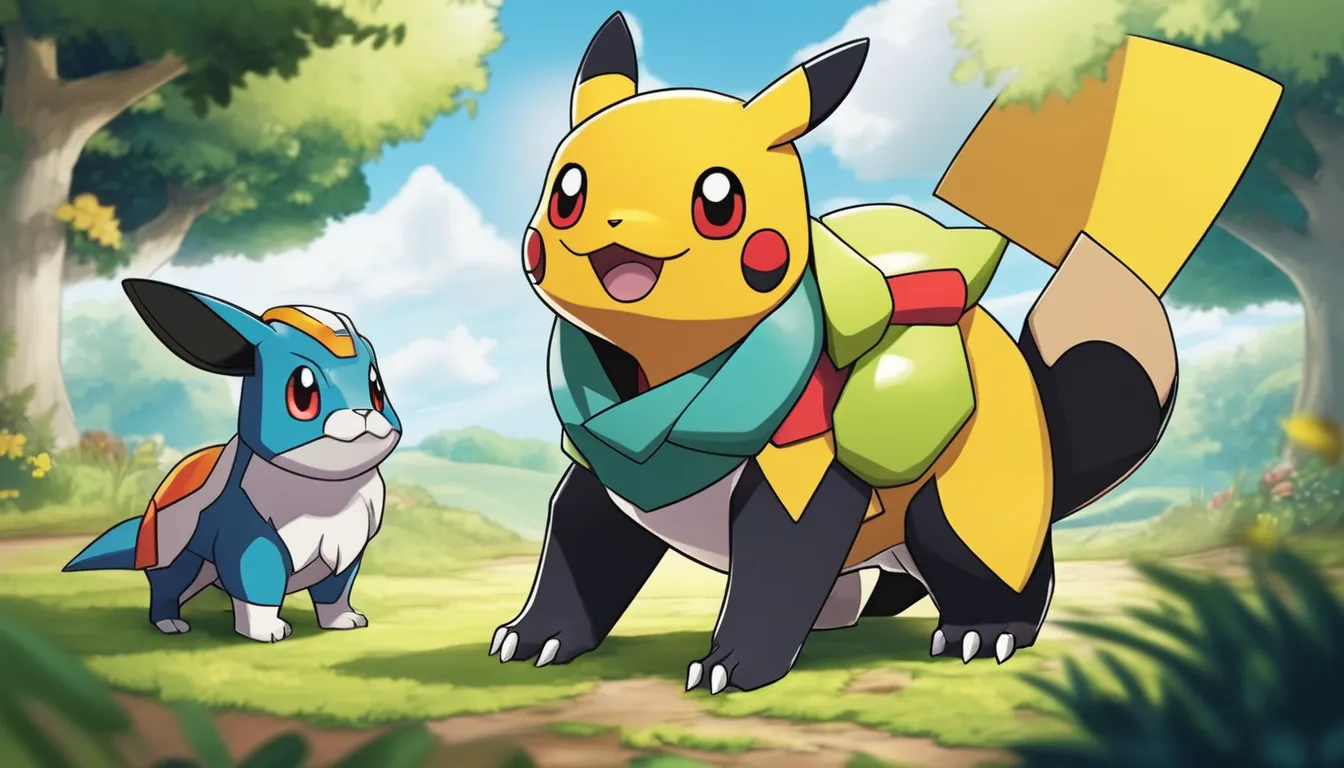As you consider building a competitive Pokémon team, you’re likely familiar with the tier system that ranks Pokémon from F to S based on their battle performance. But do you know what sets top-tier Pokémon apart from the rest, or how mid-tier Pokémon can be used to fill specific roles? Understanding the intricacies of the tier system is crucial to creating a well-rounded team. However, with new Pokémon being released and battle strategies constantly evolving, keeping up with the latest tier rankings can be a challenge. How do you navigate this complex system to build a winning team?
Understanding the Tier System
When you’re diving into the world of competitive Pokémon, you’ll likely come across the tier system – a framework that ranks Pokémon based on their viability in battle. This system is crucial for trainers who want to build a competitive team and participate in battles.
The tier system is usually divided into several categories, ranging from the top tier (S and A tiers) to the lower tiers (B, C, D, and E tiers), and finally, the lowest tier (F tier).
Each tier represents a specific level of a Pokémon’s performance in battle. Pokémon in the higher tiers are generally more powerful and have better stats, moves, and abilities.
On the other hand, Pokémon in the lower tiers have fewer opportunities to succeed in competitive battles. Understanding the tier system will help you identify the strength and weaknesses of your Pokémon and those of your opponents.
Top Tier Pokémon Analysis
At the pinnacle of competitive Pokémon battles, you’ll find the top-tier Pokémon – those powerhouses that dominate the battlefield and dictate the flow of battle. These Pokémon typically have high base stats, excellent move sets, and the ability to adapt to various situations.
They’re the ones you’ll often see at the top of tournament brackets and online ladder rankings.
When analyzing top-tier Pokémon, you’ll notice they often have a combination of high attack power, impressive speed, and solid defensive capabilities.
They can also learn a wide range of moves, allowing them to counter various opponents. As you build your team, you’ll want to consider including at least one or two top-tier Pokémon to anchor your lineup.
Keep in mind that the top-tier classification can change with each new Pokémon generation or balance update.
Staying up-to-date with the current meta is crucial to understanding which Pokémon are considered top-tier. By familiarizing yourself with these powerhouses, you’ll be better equipped to build a competitive team and take on the toughest opponents.
Mid Tier Pokémon Roles
Mid-tier Pokémon often serve as the backbone of your team, filling crucial roles that complement your top-tier powerhouses. These Pokémon may not have the same level of raw power or dominance as their top-tier counterparts, but they bring unique skills and strengths to the battlefield.
As you build your team, you’ll likely find that mid-tier Pokémon are essential for balancing out your roster and addressing specific weaknesses.
When evaluating mid-tier Pokémon, consider their ability to perform specific roles, such as sweeping, walling, or supporting their teammates. A Pokémon like Toxtricity, for example, excels at dealing massive damage with its high Attack stat and powerful moves. Others, like Jolteon, provide exceptional speed and special attacking capabilities.
Lower Tier Pokémon Opportunities
Lower tier Pokémon may lack the prestige of their higher-ranked counterparts, but they still hold hidden value and unique opportunities for creative team builders. As you explore the lower tiers, you’ll discover Pokémon with interesting move sets and abilities that can be leveraged in specific situations. Don’t dismiss these lower-tier Pokémon; instead, consider how they can complement your team’s strategy.
| Lower Tier Pokémon | Hidden Value |
|---|---|
| Delcatty | High special attack stats and a powerful Moonblast move |
| Mawile | Intimidating appearance and high attack power with Iron Head |
| Murkrow | Ability to learn powerful moves like Brave Bird and Sucker Punch |
| Sudowoodo | High defense stats and the ability to learn support moves like Sunny Day |
| Corsola | High special defense stats and the ability to learn support moves like Recover |
When building a team, consider how these lower-tier Pokémon can provide a unique edge. By understanding their strengths and weaknesses, you can create a well-rounded team that’s greater than the sum of its parts. With a little creativity, you can turn these hidden gems into valuable assets on the battlefield.
Tier System Rankings Evolution
As you delve deeper into the Pokémon world, you’ll notice the tier system rankings evolving over time. The rankings are influenced by various factors, such as new Pokémon releases, updates to existing Pokémon stats, and shifts in battle strategies.
As a result, some Pokémon that were once considered top-tier may drop in ranking, while others that were previously overlooked may rise to prominence.
You’ll see that tier system rankings can change significantly between generations, with some Pokémon becoming more viable due to new moves, abilities, or items.
Additionally, changes to the battle plüschtiere mat, such as the introduction of new battle modes or the ban of certain Pokémon, can also impact tier rankings.
By staying up-to-date with the latest developments, you can adapt your team to the evolving tier system and make informed decisions about which Pokémon to use.
This constant evolution keeps the Pokémon competitive scene fresh and exciting.
Conclusion
As you navigate the Pokémon tier system from F to S, remember that rankings aren’t set in stone. New Pokémon releases and shifting battle strategies constantly evolve tier rankings. Don’t be afraid to experiment with mid and lower-tier Pokémon – they can hold hidden value with unique skills and strengths. Stay adaptable, and you’ll stay competitive in the ever-changing world of Pokémon battling. Keep an eye on tier changes to maximize your team’s potential.


